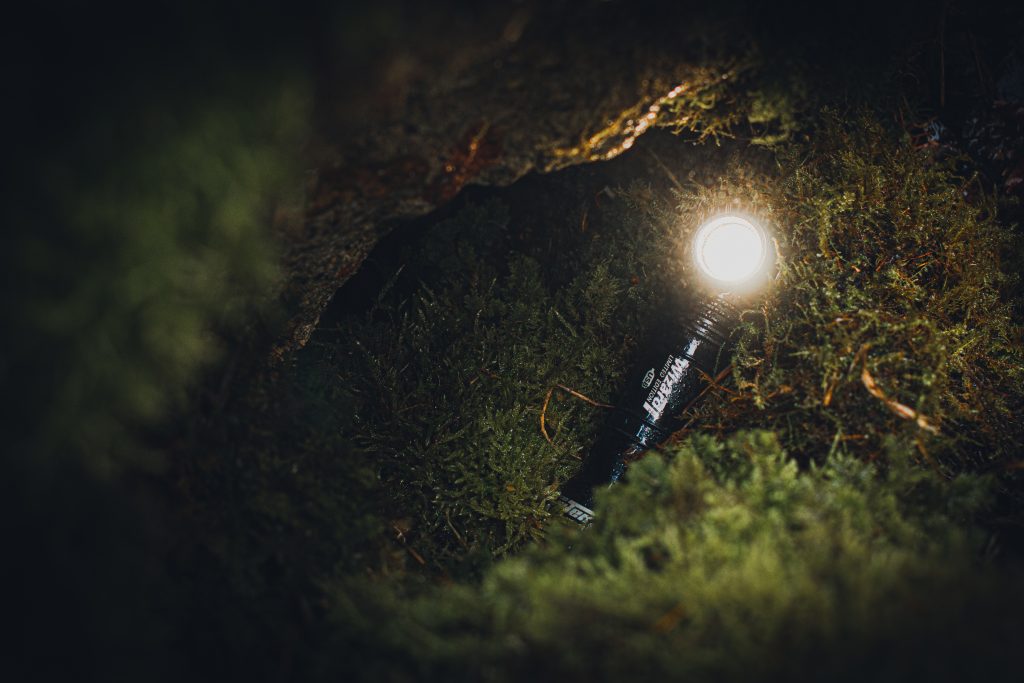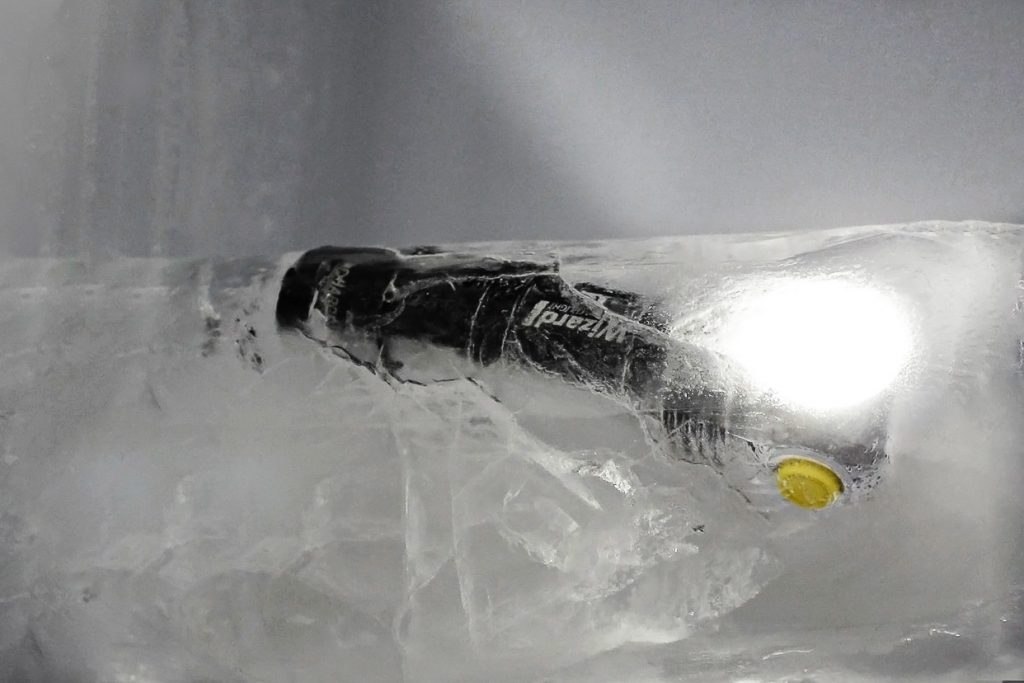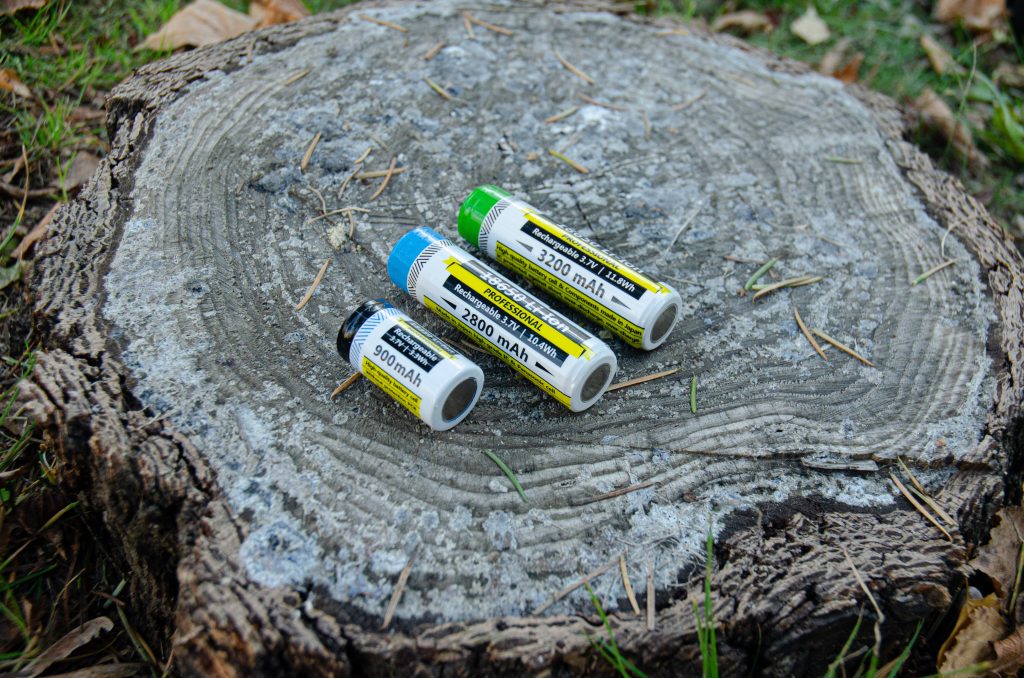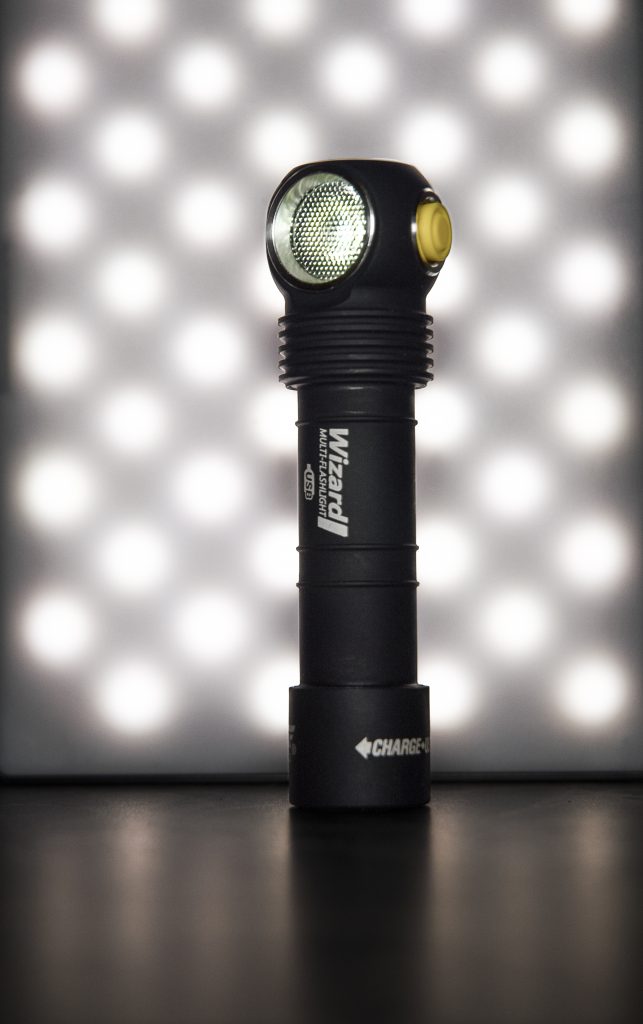When you decide to buy an LED flashlight, runtime is a rather significant parameter to consider. Not quite sure what runtime is exactly? We have the answer right here.
Runtime is defined as the amount of time between the initial switching of the flashlight and the decrease of brightness to 10% of the rated output on new batteries. To put it simply, runtime specifies how long a flashlight can function on the same set of batteries.
Flashlight users appreciate longer runtime for a variety of reasons. For example, enthusiastic fishermen choose flashlights on the basis of runtime since it is not very convenient to replace the batteries during lasting fishing expeditions. Long runtime is extremely important to backpackers as well – it’s unlikely that somebody wants to think about battery replacement in total darkness. Naturally, it all comes to buying high-quality models of flashlights with better characteristics designed to run longer.

Runtime measurement standards
Before 2009 there weren’t any general rates, which permitted to assess the characteristics of flashlights. That’s why it was rather difficult for average users to compare various models appropriately. The problem became especially acute when LED flashlights entered the market.
In comparison with a conventional incandescent flashlight, an LED flashlight could give a brighter beam with longer distance and impressive battery life duration. But there was no way to back the advantages up with numbers. In response to that need incandescent and LED flashlight producers coordinated their efforts to create the standards that would later be officially accepted by the National Electrical Manufacturers Association and the American National Standards Institute.
Today they are known as the ANSI FL1 standards — a set of flashlight performance assessment guidelines. ANSI evaluation isn’t compulsory, but flashlight producers tend to undergo the test and display the information on the packaging to help their customers compare the products.
The devices are tested according to brightness, beam distance, peak beam intensity, runtime, water and impact resistance. Each parameter has its own unique emblem. The ANSI FL1 logo for runtime represents a clock, under which you can see the number of minutes or hours a flashlight can operate on a single set of batteries. Runtime measurement starts 30 seconds after the light is turned on and stops when the light is at 10% of its original output value.

What does runtime depend on?
There are a lot of factors that influence a flashlight’s runtime. Let’s look through those any user can take into consideration.
- Brightness mode.
Flashlights with multiple levels of brightness consume energy faster if you use a brighter mode. Runtime is generally measured in the brightest mode possible, so you can prolong it simply by choosing different settings. In order to save your batteries, try to always use optimal for the given situation level of brightness.

- Ambient temperature.
The performance of batteries significantly depends on the temperature and weather conditions they are in. Different sources of power work differently in cold, heat and humidity. Keep this in mind if you are going to apply your flashlight in extreme situations.

- Battery type.
Many flashlights are compatible with several types of batteries, some of which are more effective than others. For example, batteries with higher capacity have longer runtime. This means that all you need to influence runtime is to change the battery type. The most popular batteries used in LED flashlights are rechargeable 18650 Li-Ion with the capacity of 2800/3200/3500 mAh. You can use primary cells instead, but remember that they are non-rechargeable.
For longer runtime choose flashlights containing multiple batteries. The more batteries a flashlight operates on, the higher the capacity and, therefore, the runtime should be. Batteries of larger size typically provide more power for prolonged performance. So, when you are choosing an LED flashlight, note how many and what type of batteries each model needs.

One more thing to remember
It is worth mentioning that you shouldn’t confuse runtime with LED life. LED life shows how long an LED bulb will be able to operate. For example, a bulb in an LED flashlight can work for nearly 50.000 hours. Nevertheless, that doesn’t in any way imply that it will work 50.000 hours on one set of batteries.

Armytek Flashlights’ Runtimes
If you are in a critical situation, the last thing you want is flickering or dim light. Our mission is to offer the most innovative, best quality products with outstanding characteristics that will keep you one step ahead.
- Armytek flashlights have doubled electric circuit. It means that even when the main circuit is damaged, the system continues to work on reserve circuit for about 130 days emitting enough light to enable the user’s survival.
- Firefly Technology for minimum light helps to stay visible and, therefore, safe, in emergency situations. Certain Armytek Pro models include Firefly mode with the output of 0.15 lumens, working for up to 500 days on one set of batteries.
Be sure you are protected in any circumstances, get yourself a flashlight with the longest runtime.
Comments